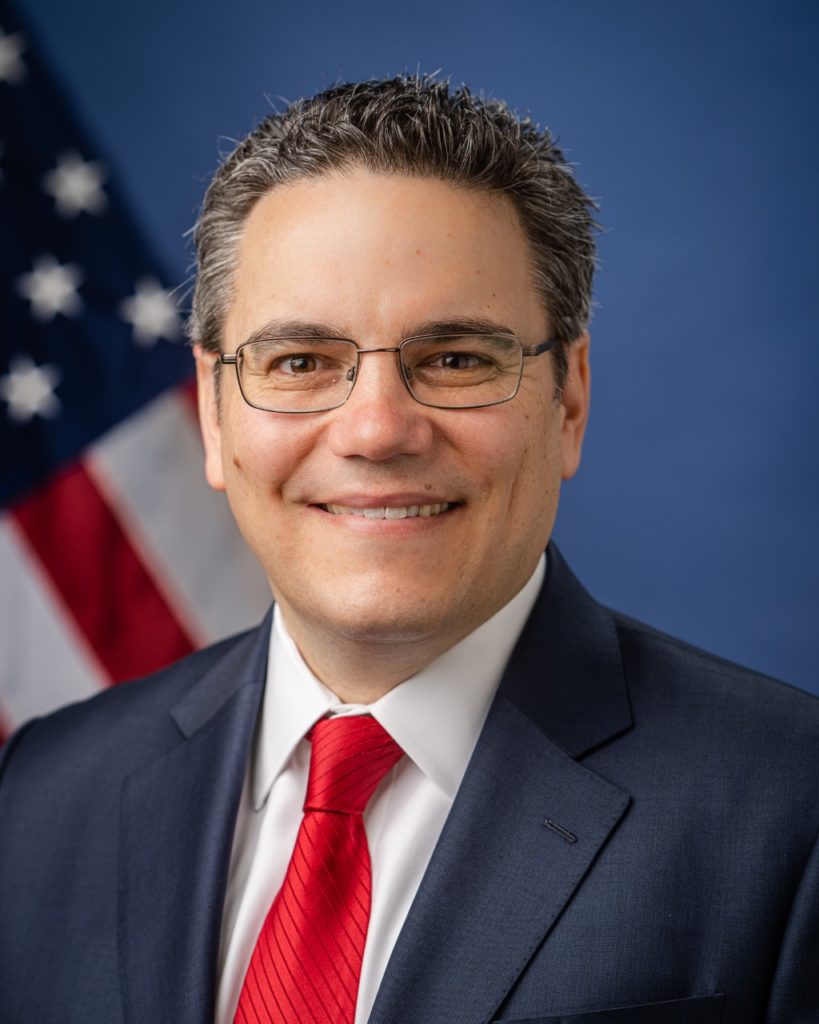By Manik Mehta

NEW YORK, July 20 – As the world’s tourism and travel industry still reels under the disruptions and losses caused by the shutdowns and restrictions of the Covid-19 pandemic of the past two years, many countries benefitting from the revenue generated from tourism are preparing with new approaches or
strategies to attract foreign tourists.
Besides providing revenue for the players directly involved in tourism and travel sector, tourism also benefits other related sectors such as gastronomy, shopping and entertainment.
The U.S. administration has unveiled a strategy aimed at reviving the industry and combatting the downturn in tourism arrivals and earnings, besides raising the profile of the U.S. as an attractive tourist-welcoming destination.
The image of the U.S. as a tourist destination has been hurt not only by the pandemic but also by the epidemic-like proliferation of violent incidents, particularly gun violence, in cities across the nation.
Briefing journalists recently at the New York Foreign Press Center, Grant Harris, U.S. Assistant Secretary of Commerce, Industry and Analysis, outlined the objectives of the strategy, officially known as National Travel and Tourism Strategy, which has an ambitious five-year goal of increasing American jobs by attracting some 90 million international visitors who, according to the Department of Commerce’s calculations, will spend an estimated US$279 billion annually by 2027.
The strategy, as Harris revealed, has been formulated with inputs from the industry and many
stakeholders, including the U.S. Travel and Tourism Advisory Board and others with whom the
Department of Commerce held consultations.
The Covid pandemic raging since two years had forced an economic shutdown across the
country and, indeed, the world, hitting the travel and tourism industry particularly hard. In the
pre-pandemic year 2019, according to Harris, some 79.4 million visitors entered the U.S.
“That number fell to 19.2 million in 2020; so it dropped from 79.4 million to 19.2 million, a precipitous
decline,” Harris noted, adding that the administration’s “robust vaccine rollout efforts and effective travel policies, including a recent decision to eliminate pre-departure testing, had helped U.S. tourism start to rebound”.
Nevertheless, he acknowledged, that a lot of work still needs to be done to return all segments of tourism to the U.S. to the pre-pandemic levels and to gross beyond those levels as well.
The strategy is centered on four pillars. The first pillar is to promote the United States as a travel destination. The second is to facilitate travel to and within the United States. The third: To ensure diverse, inclusive, and accessible travel experiences. And the fourth is foster resilient and sustainable travel and tourism.
Harris also talked about the strategy’s aim at “streamlining the entry process to the U.S.”
“It will also help streamline the entry process to the United States. The responsible entities for that are primarily the Department of State and the Department of Homeland Security,” he said.
However, the underlying worry of many travel and tourism agencies is that the U.S. visa system is mired in bureaucratic procedures, and needs to be simplified, with many high-spending tourists discouraged from coming to America. The subject of visa issuance has also been of interest to many Asian countries, including Malaysia which has sought – unsuccessfully so far – visa-free entry for its nationals to the U.S.
The administration works closely with Brand USA, a public-private partnership that helps market the U.S. as a travel destination and provides products and offerings that are meant to encourage visitation to the U.S., and help visitors find the right tourism products for them.
“This work will continue, and will be all the more important as we try to highlight a diverse array of products across the United States, including those in and connected with underrepresented communities,” he said, adding that the Commerce Department’s Economic Development Administration has distributed grants, for example, the $510 million in formula funding to states and territories in the District of Columbia, and these are all supporting travel and tourism and outdoor recreation.
“The Economic Development Administration is also now in the process of announcing competitive funding. They’ll be issuing $240 million total in competitive grants, and they have announced so far a little bit over $90 million of that amount,” he said.
Despite being an attractive tourist destination, the U.S. has witnessed a spate of violent incidents involving the use of fire-arms by violent elements, ringing alarm bells among travel and tourism businesses. New Yorkers, for instance, are fed with an almost daily staple of news about killings and violent incidents, including against Asians.
“I have specialized in bringing in tourists and travellers from a number of Asian countries where people read and hear about the brutal violence in New York tarnishing the city’s image. New York has been a favourite destination of Asian and European visitors who enjoy Broadway shows, shopping and sightseeing in the city, spending huge amounts on buying all kinds of products, entertainment, eating out in restaurants.
“Times Square has been a popular landmark for foreign tourists who are now jolted because of the sharp rise in violence with the perpetrators using guns and killing innocent people. This hurts our business if this trend (of violence) continues,” the owner of a New York based tourism business, who preferred to remain anonymous, told Weekly Echo.
He urged the U.S. and New York authorities to address on a “priority basis” the issue of proliferating violence, failing which the U.S. and big cities such as New York will lose their charm and, in effect, also precious revenue from an otherwise lucrative source.
–WE